标签:class ext href int mep not bec import 注意
既然请求可以使用不同的content-type,响应也如此。通常响应会有html,text,plain,json和xml等。 gin提供了很优雅的渲染方法。
package main
import (
"github.com/gin-gonic/gin"
"net/http"
"github.com/gin-gonic/gin/testdata/protoexample"
)
func main() {
r := gin.Default()
// gin.H is a shortcut for map[string]interface{}
r.GET("/someJSON", func(c *gin.Context) {
c.JSON(http.StatusOK, gin.H{"message": "hey", "status": http.StatusOK})
})
r.GET("/moreJSON", func(c *gin.Context) {
// You also can use a struct
var msg struct {
Name string `json:"user"`
Message string
Number int
}
msg.Name = "hanru"
msg.Message = "hey"
msg.Number = 123
// 注意 msg.Name 变成了 "user" 字段
// 以下方式都会输出 : {"user": "hanru", "Message": "hey", "Number": 123}
c.JSON(http.StatusOK, msg)
})
r.GET("/someXML", func(c *gin.Context) {
c.XML(http.StatusOK, gin.H{"user":"hanru","message": "hey", "status": http.StatusOK})
})
r.GET("/someYAML", func(c *gin.Context) {
c.YAML(http.StatusOK, gin.H{"message": "hey", "status": http.StatusOK})
})
r.GET("/someProtoBuf", func(c *gin.Context) {
reps := []int64{int64(1), int64(2)}
label := "test"
// The specific definition of protobuf is written in the testdata/protoexample file.
data := &protoexample.Test{
Label: &label,
Reps: reps,
}
// Note that data becomes binary data in the response
// Will output protoexample.Test protobuf serialized data
c.ProtoBuf(http.StatusOK, data)
})
// Listen and serve on 0.0.0.0:8080
r.Run(":8080")
}

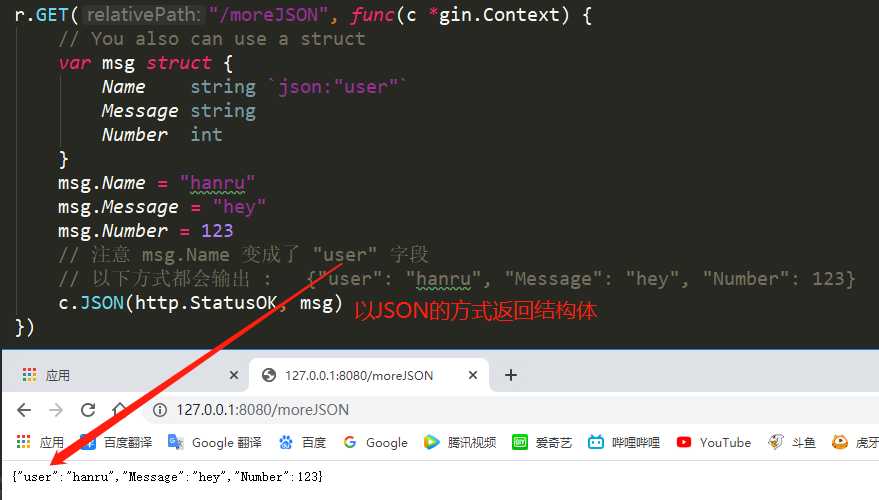
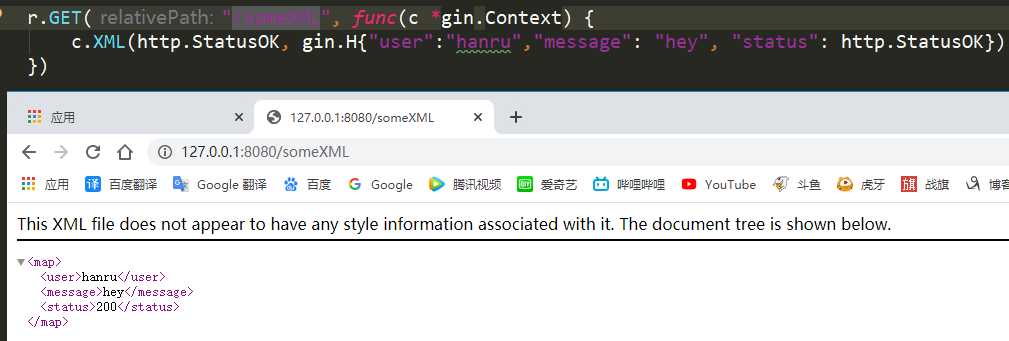

https://www.liwenzhou.com/posts/Go/go_template/
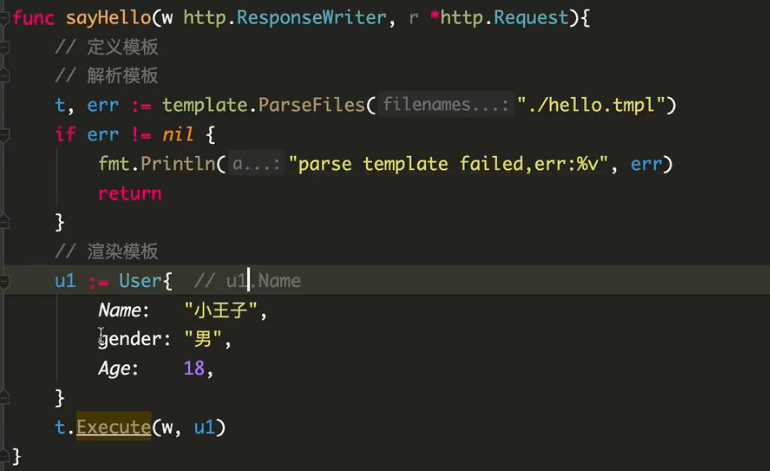

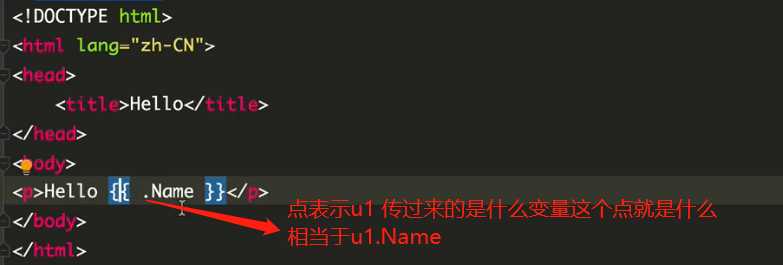

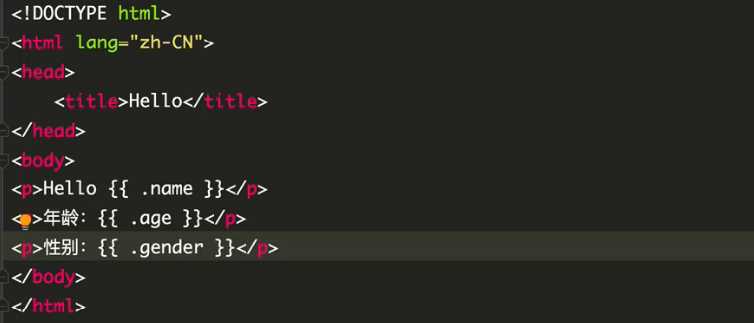
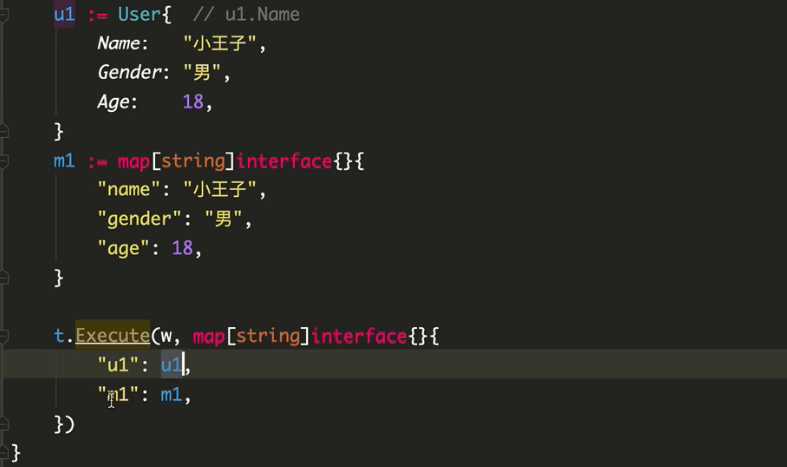



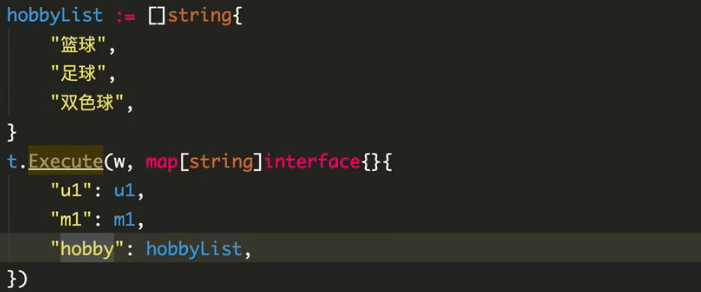


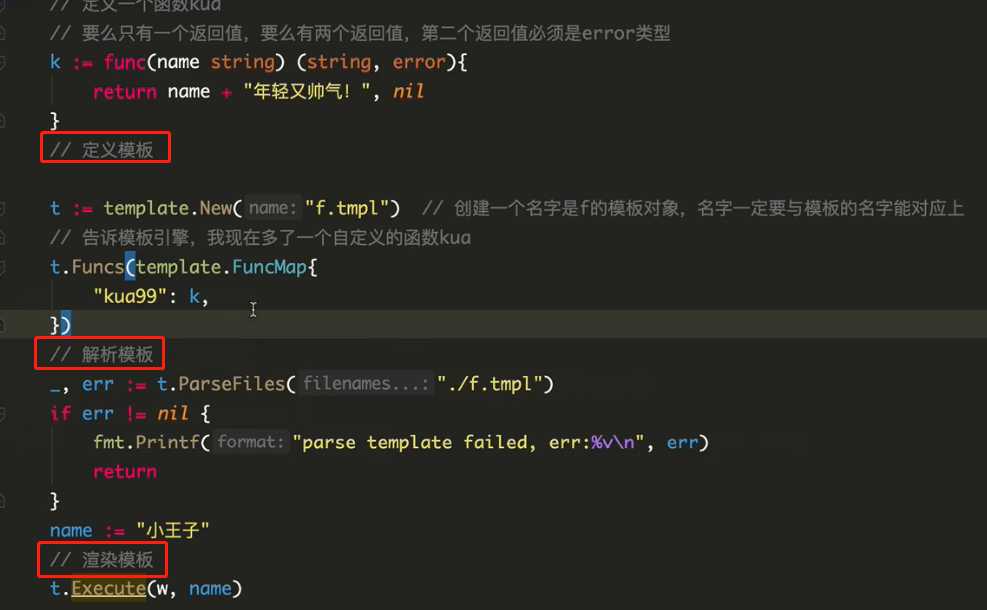
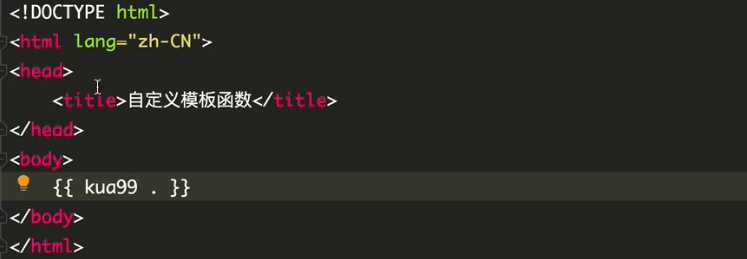
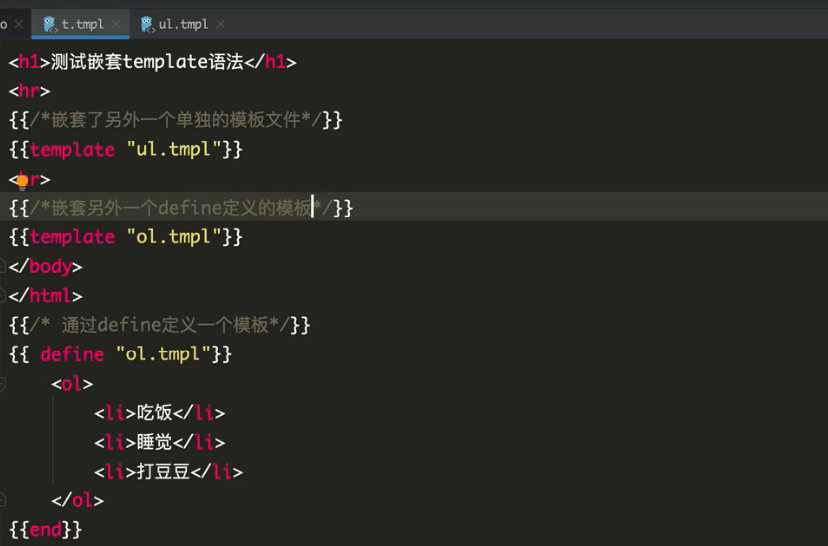
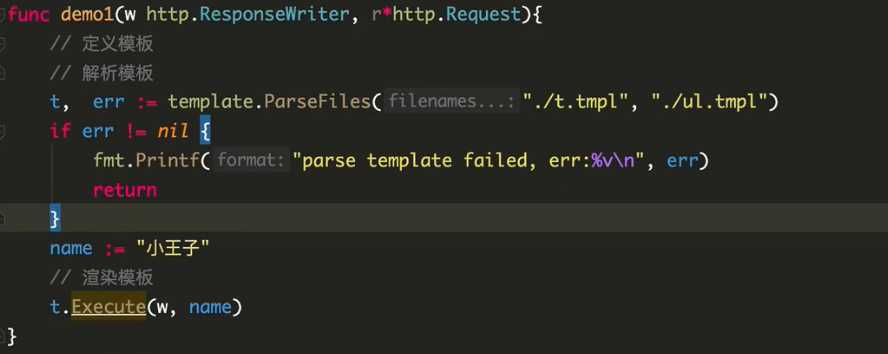

标签:class ext href int mep not bec import 注意
原文地址:https://www.cnblogs.com/yzg-14/p/12446275.html